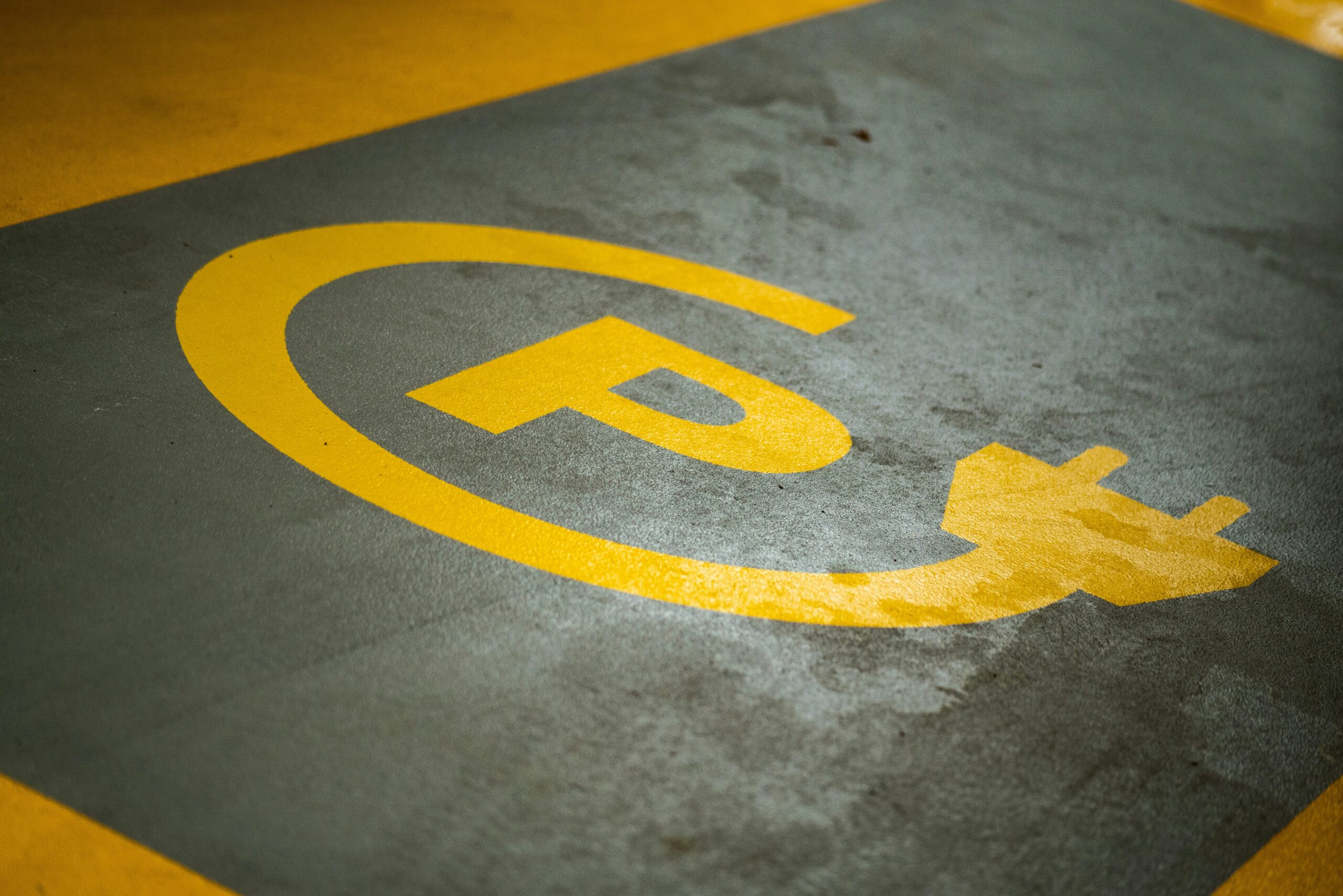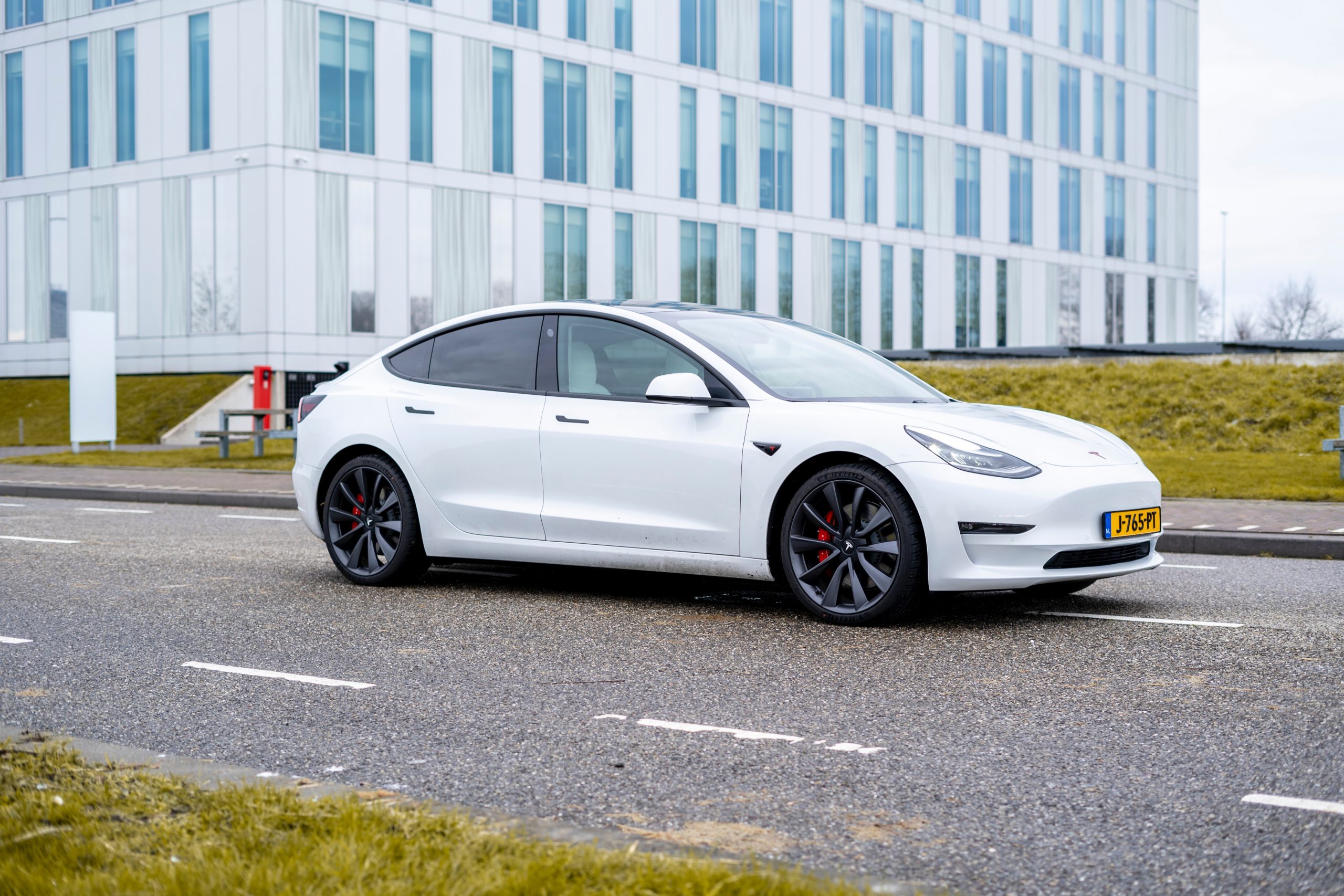Ready to dive into the world of purchasing your first EV? You’ve come to the right place! Here you’ll find 5 quick tips when buying a used EV to make your purchase as smooth as possible.
Congratulations – this is a big step. There’s a lot of confusion out there regarding electric cars. At EV Universe, we are here to help you along your buying journey. Our mission is to take the guess work out of buying EVs and make it a hassle-free and, dare we say, fun experience. The first question you are probably asking yourself is: “How is buying a used EV different than buying a gas-powered car?” You might also be wondering what to look for in a new or used EV. Don’t worry, we have the answers and can guide you on your EV search.
EV Universe recently conducted a poll of people who are in the market for a used EV for sale. Read on for 5 quick tips when buying a used EV.
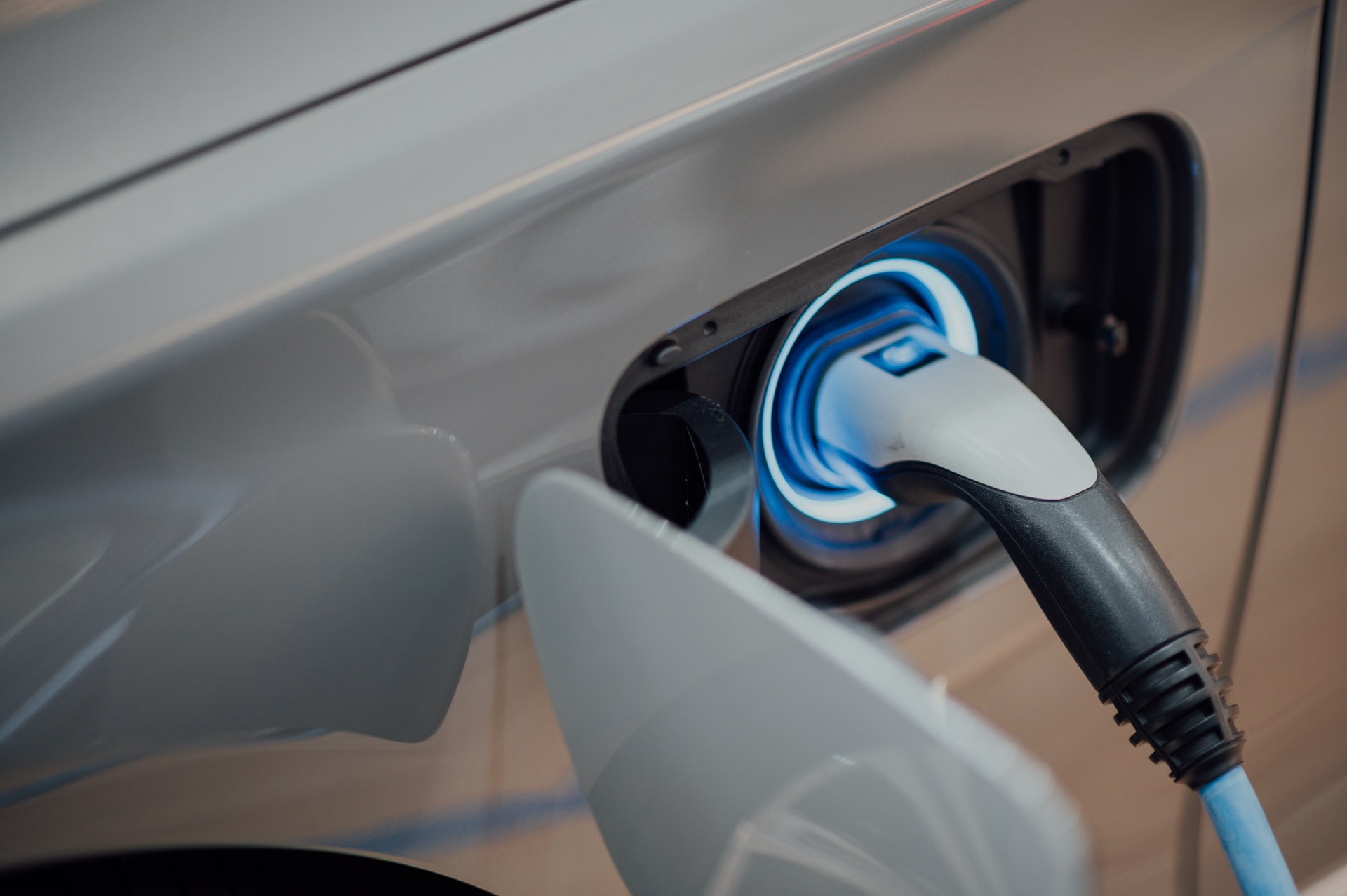
Tip #1: How much range do I need?
42% of respondents were concerned about buying a vehicle with enough range. While we attempt to demystify range anxiety, range is no doubt important in finding a used EV for sale that’s right for you. First step, determine how much you drive daily and if you take frequent road trips. This enables you to decide how much range you actually need. If you drive less than 100 miles a day and don’t take frequent road trips, most used EVs are fine for you.
Many recent models of electric cars handle 150-250 miles with ease. EV owners charge most of the time at home overnight on a home charger. Each day you leave with a “full tank of gas.” If you drive more than 200 miles daily, and you take frequent road trips, you should consider a longer-range used EV by searching our used electric vehicle marketplace and filtering for longer range vehicles that may fit your driving style better such as most Teslas, especially the newer Model S, Lucid Air and Rivians.

Tip #2: What is the cost of ownership and do I qualify for tax credits?
28% of respondents expressed interest in how much it costs to charge the car, if there are tax credits available, and what the cost of ownership is. These all depend greatly on where you live. Most municipalities will offer incentives for you to charge your vehicle overnight. My electric company offers a “super off-peak rate of $0.08 per kwh.” Don’t be intimidated by kwh lingo, you will grow used to translating. Basically, what this means for me is that, to charge my vehicle to travel 100 miles, it costs me $2.64 on average.
There are also incentives to help in the cost of home charger installations. For example, buyers often find it to be free with a rebate. The tax credits available also depend on the type of vehicle you are buying, if it is new or used, and your income level. We have an in-depth article on EV tax credits that you should check out to go with these tips when buying a used EV.
Lastly, the cost of EV ownership is different than a gas-powered car due to minimal maintenance required. No oil changes every 3,000 miles, no transmission fluid flush, and no scheduled maintenance on most EVs before 100,000 miles, besides tire rotation and cabin air filter changes. Tires tend to wear out slightly faster than gas-powered vehicles because EVs are heavier. Overall, the cost of ownership in my experience is considerably less than the gas powered vehicles I own.
Tip #3: What options do I have to charge?
Many respondents asked for more information on charging. Rightly so, as it can be confusing. Understanding what type of charger the vehicle needs and if it comes with one is very important. Generally, non-Tesla cannot charge at most Tesla Superchargers (fast chargers), this is changing in the US though and we expect many more stations to be available to non-Teslas. That said, non-Teslas can utilize most any of the Tesla destination chargers (think slow overnight charging). Buying a new or used Tesla offers the ability to use all of the Tesla charging infrastructure and the other chargers available (with an adapter such as this Lectron CCS Charger Adapter).
Non-Teslas utilize chargers called CCS chargers of a few varieties, such as J-1772. There are many apps such as Plug Share, ChargePoint, Electrify America, and EV Go that show you which chargers are compatible with your EV. Honestly, with all of the apps plus the EV itself showing charger locations, this is less of a concern than you might think. Google Maps recently added charging destinations to their filters as well. Just remember, 90% of your charging is likely to be at your residence, while public chargers are needed mostly for road trips.
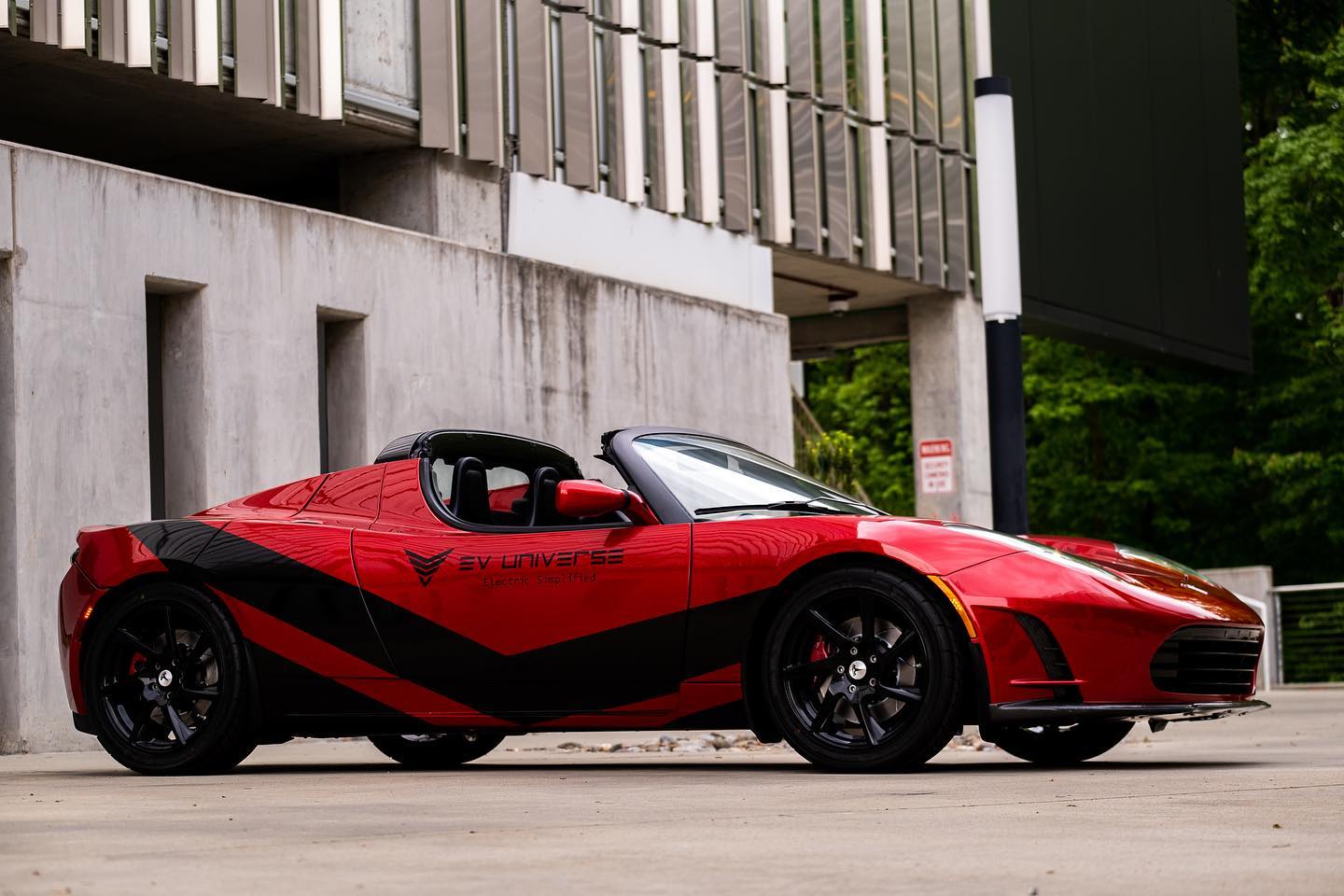
Tip #4: How do I determine the battery condition?
This is an important one. Generally, batteries degrade 1.5-3% per year until they get to around 5-10% degradation and then level off. A lot of factors are at play here. The most important one is how many times the vehicle has been at fast “level 3” chargers. Using these chargers sparingly is totally fine, but manufacturers are warning against using them all the time to slow down battery degradation.
The first step in determining how much the battery has degraded and how much range it has left is to see if the dealership service department for a detailed report on battery health. Ask the seller for this when considering a used EV for sale. Alternatively, if they don’t have a report, have them charge the vehicle to 100 percent and see what the estimated range says. Comparing this to the original rating gives you an idea of what’s left.
Just know there are a lot of factors such as temperature, driving habits, etc., that affect the range estimator, so this might not be the most accurate way to test it. Unless the vehicle is 8-10 years old, most likely the battery is still under warranty and degraded only up to 10%. So this shouldn’t be a huge concern unless you see the mileage at 100% vary drastically from what it should be.
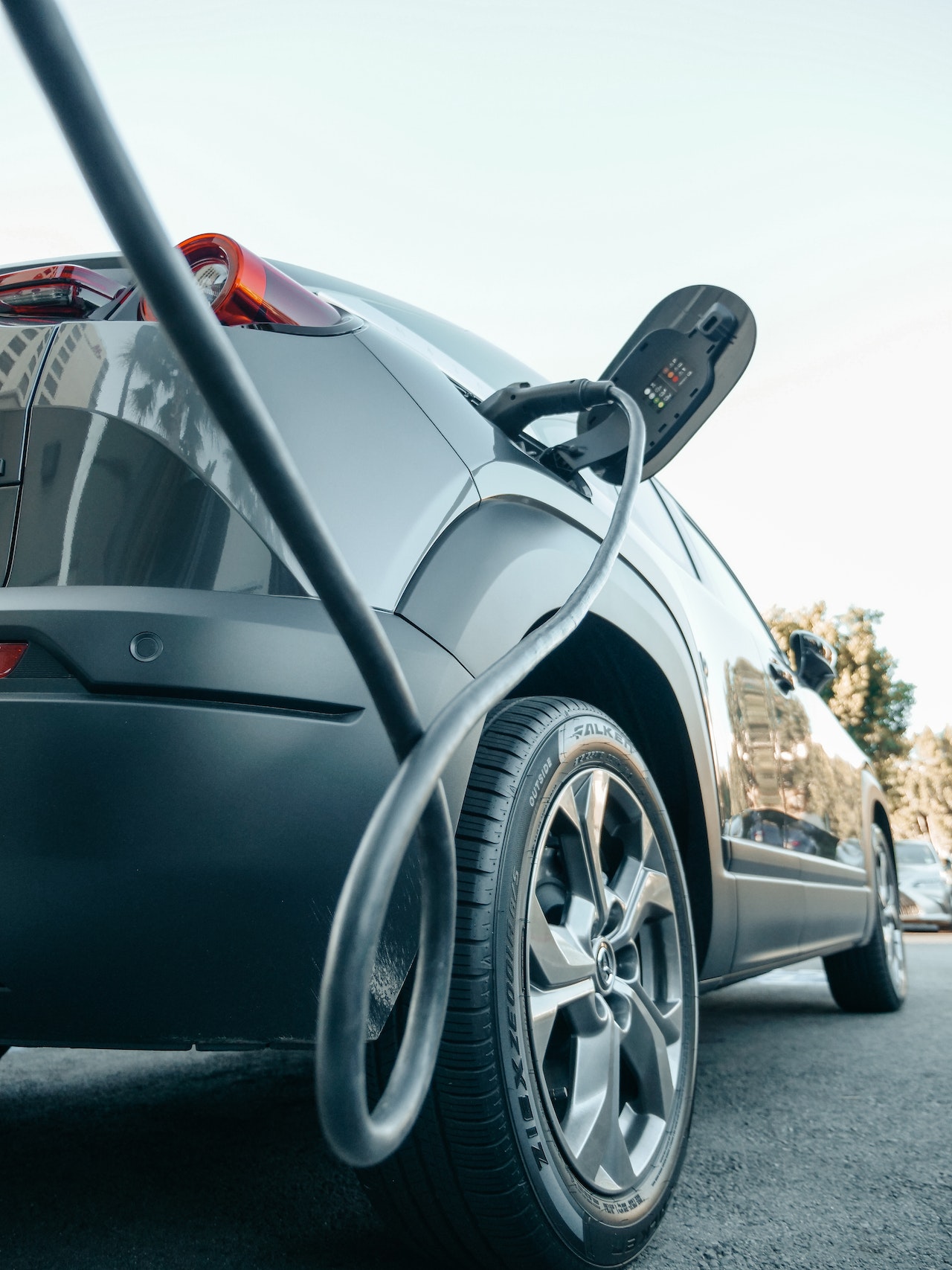
Tip #5: What’s the deal on charging speed?
Lastly, respondents wanted to know about charging speed, and how different type of vehicles charge. Consider a vehicle that charges quickly at fast chargers along the highway if you take a lot of road trips. The fastest charging vehicles on the market currently are Kia EV6, Hyundai Ioniq 5, and Tesla models. They all charge from 20-80% in about 15-20 minutes at the appropriate fast charger.
Most EVs don’t necessarily charge at the same rate, so this is important. Other popular vehicles such as the F-150 Lightning, Mustang Mach-E and Volkswagen ID4 charge from 20-80% in about 45 minutes or more. Do some research beforehand to get a grasp on different charge rates and how they affect charge times.
Other Helpful EV Resources
We hope you find these tips when buying a used EV helpful as you consider used EVs for sale! EV Universe offers a variety of resources to assist on your EV journey, including a top-rated Plug in For More podcast and our Insights blog. Also, don’t forget to search from thousands of used electric vehicles for sale in our listings marketplace!

